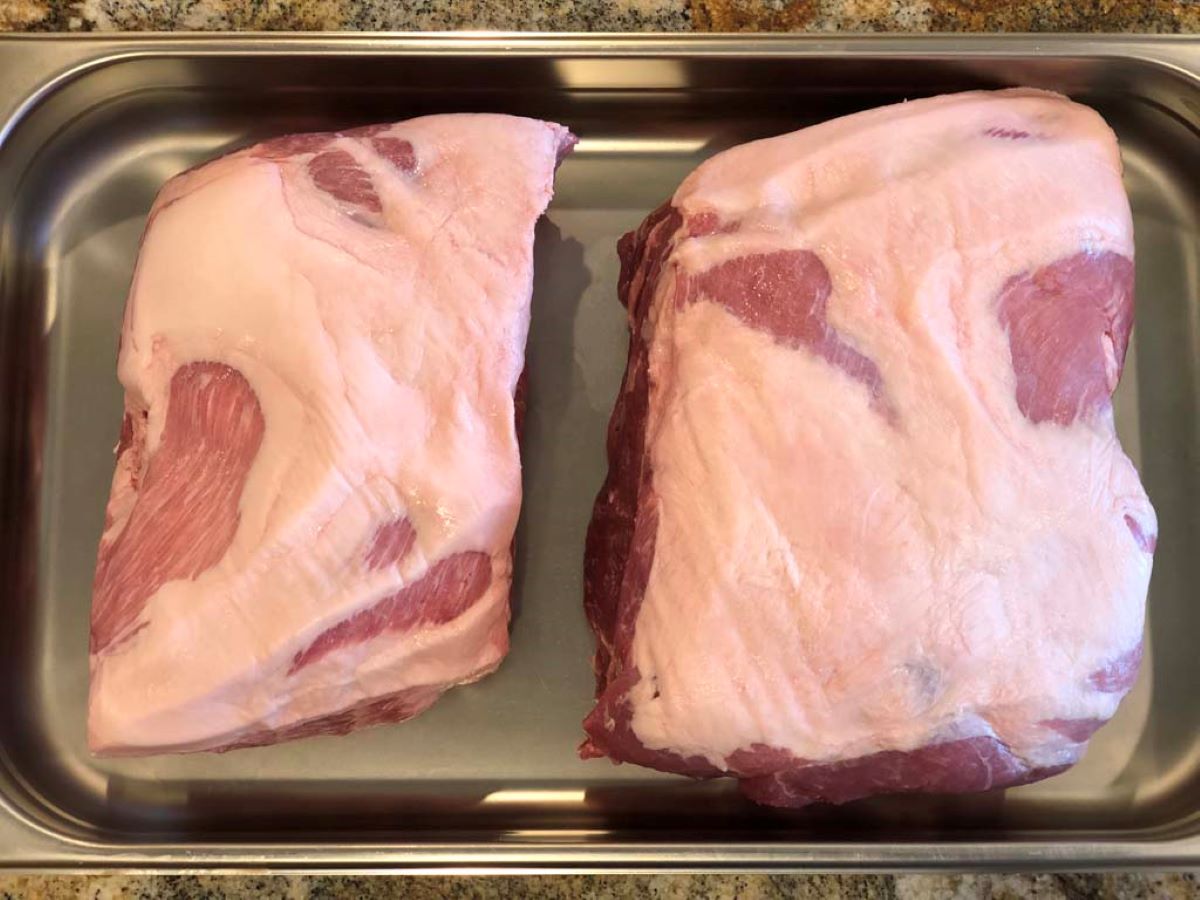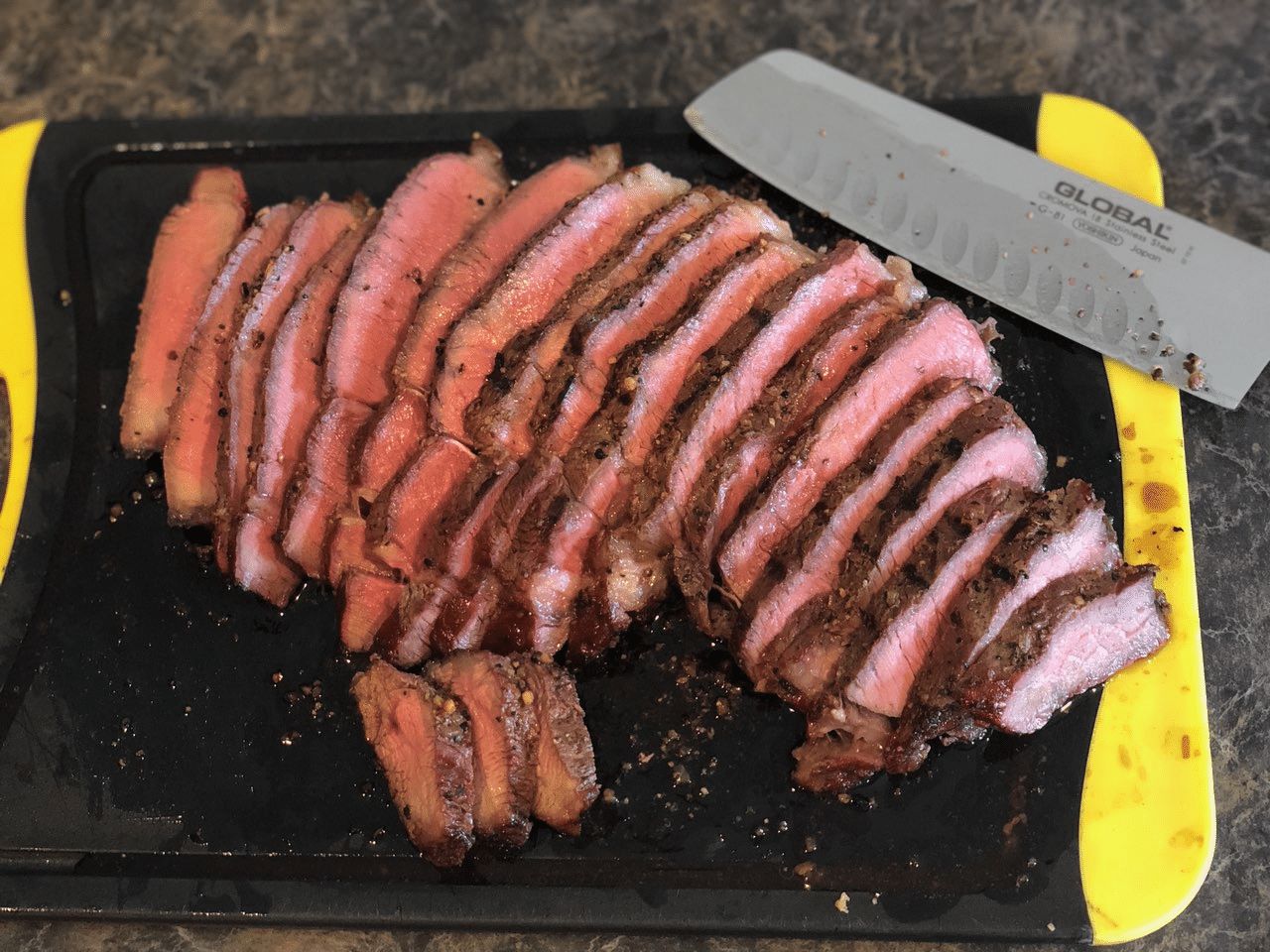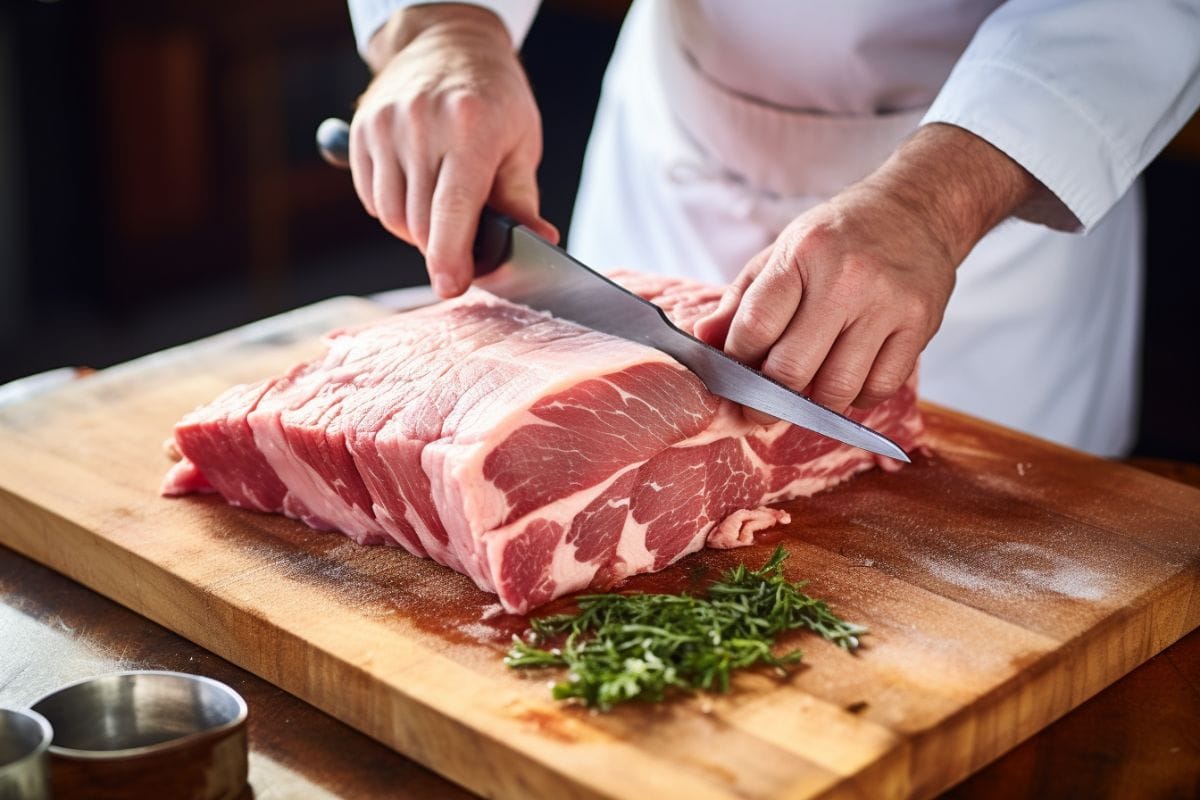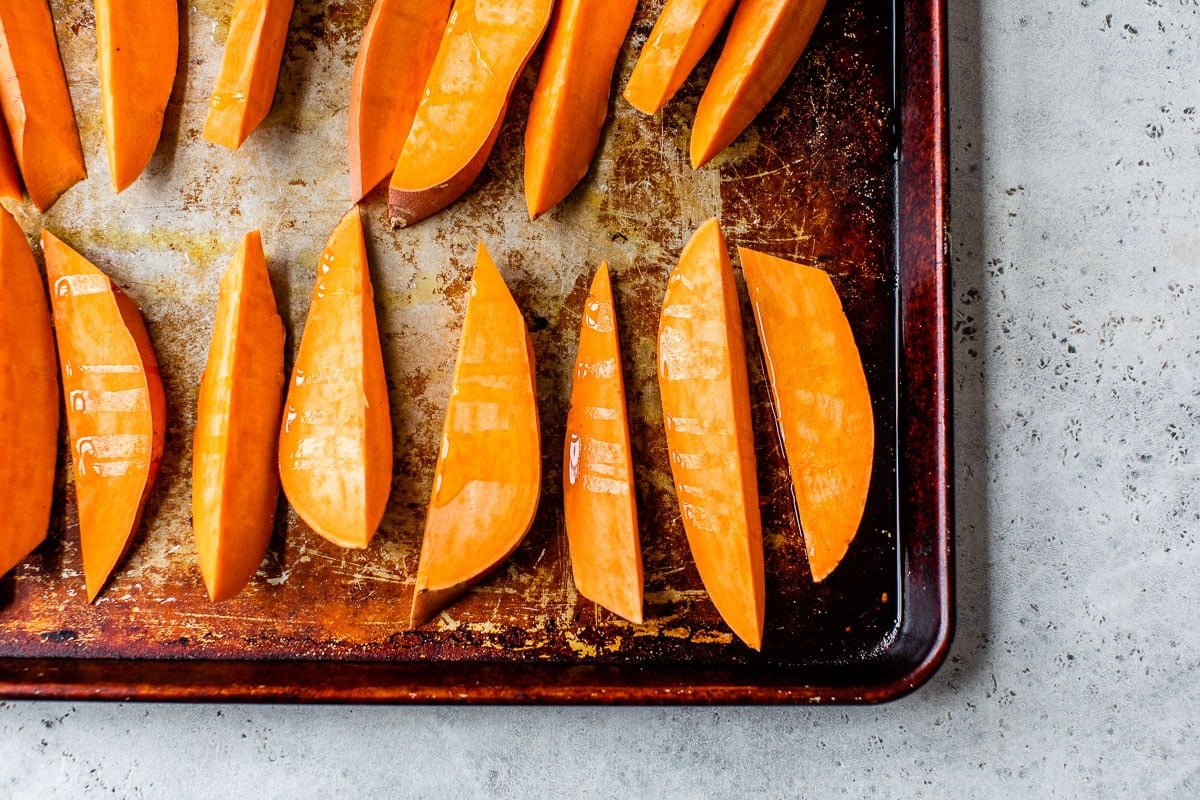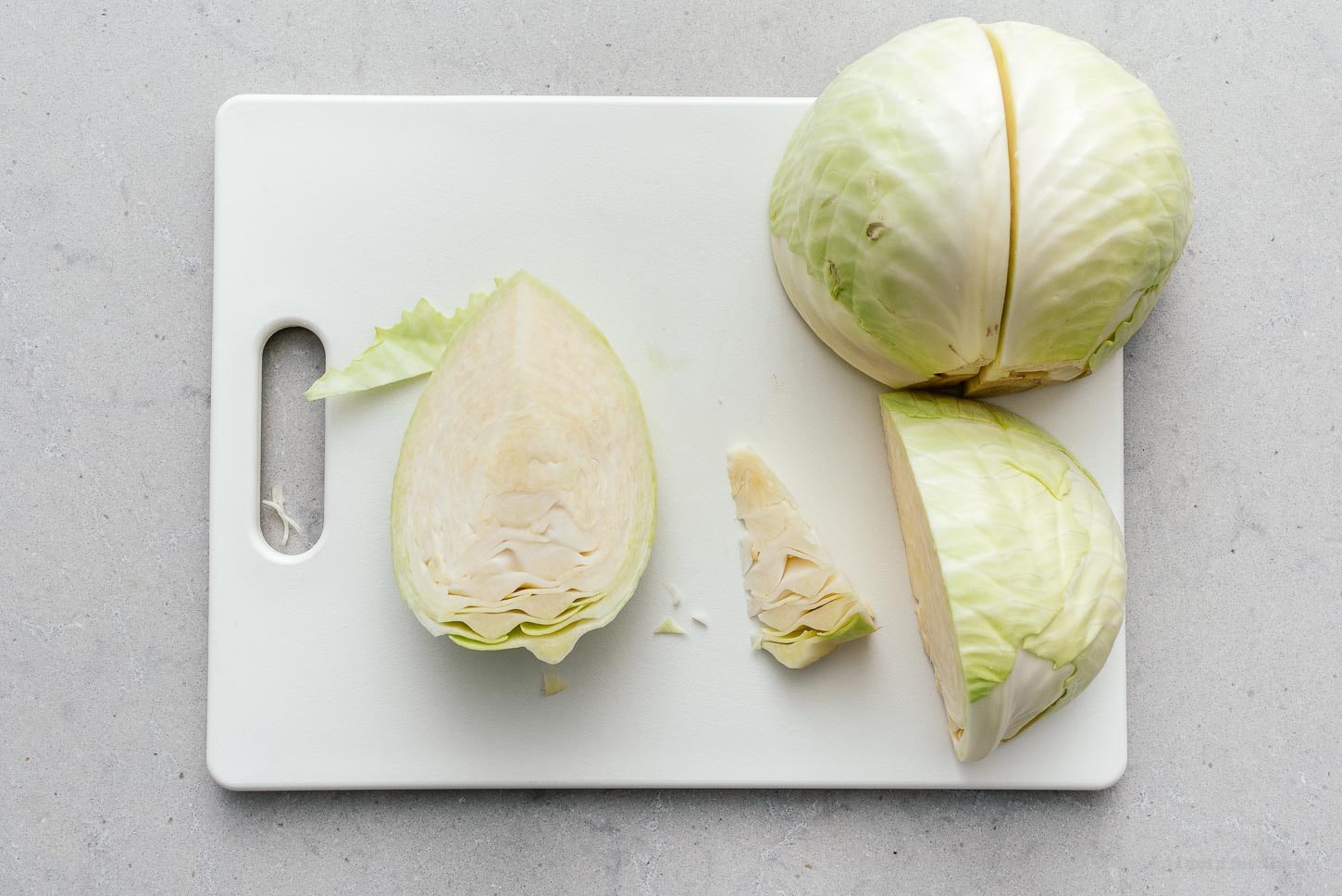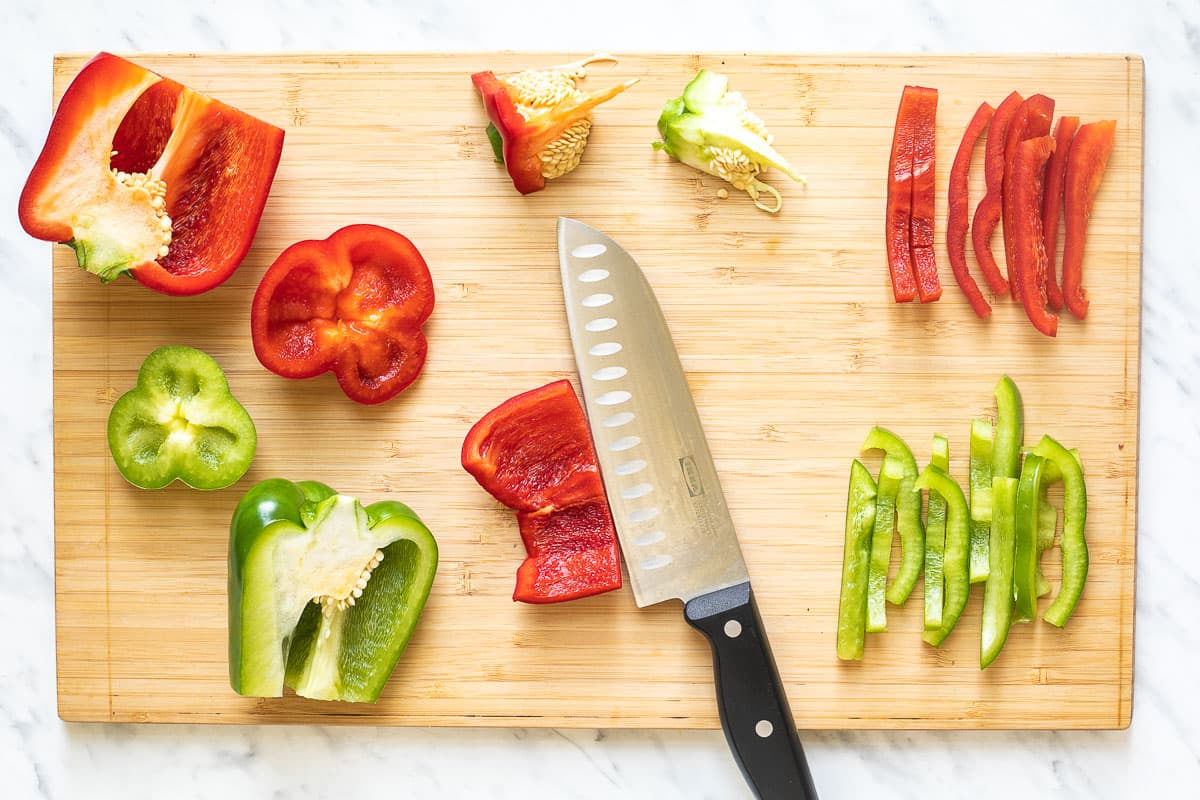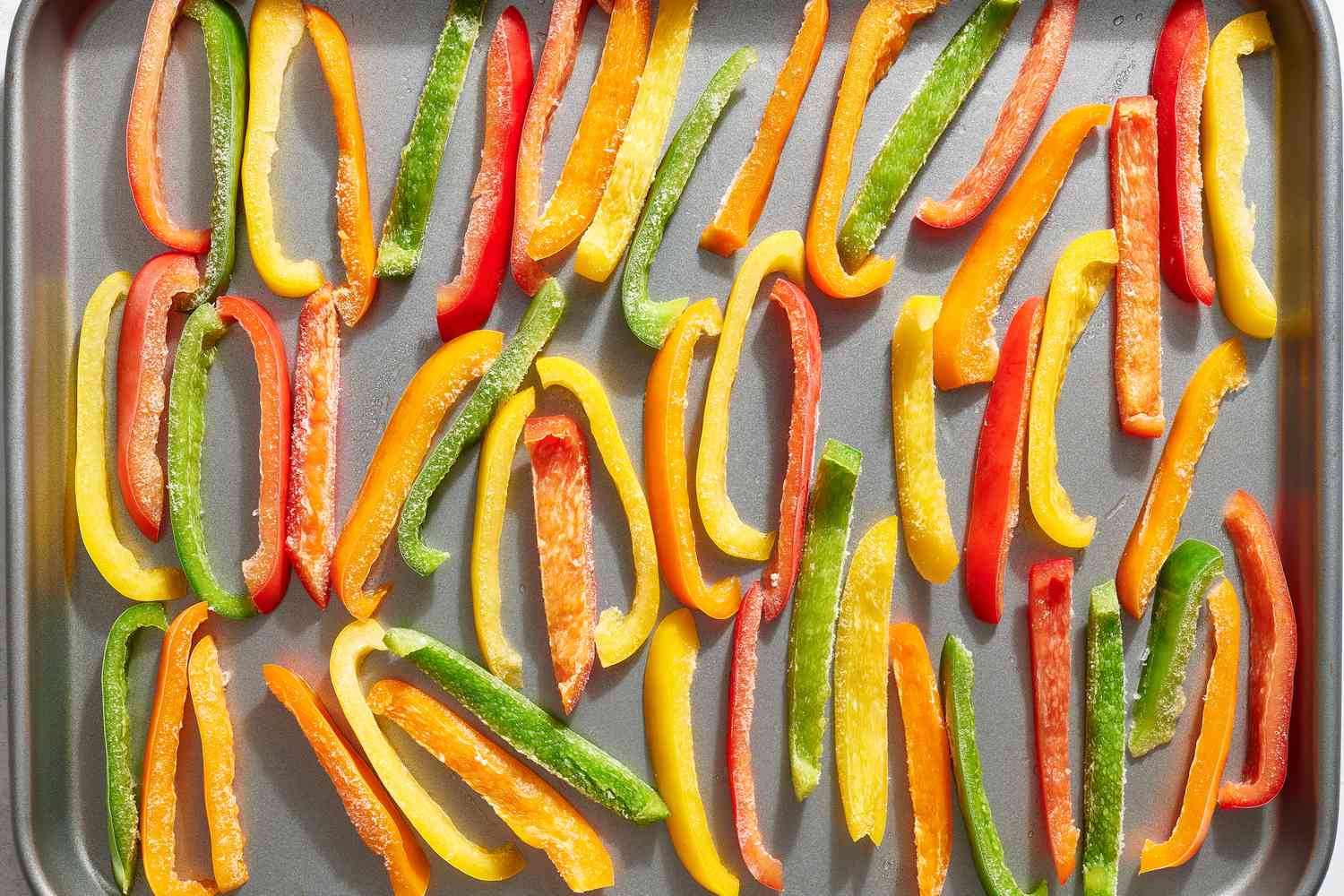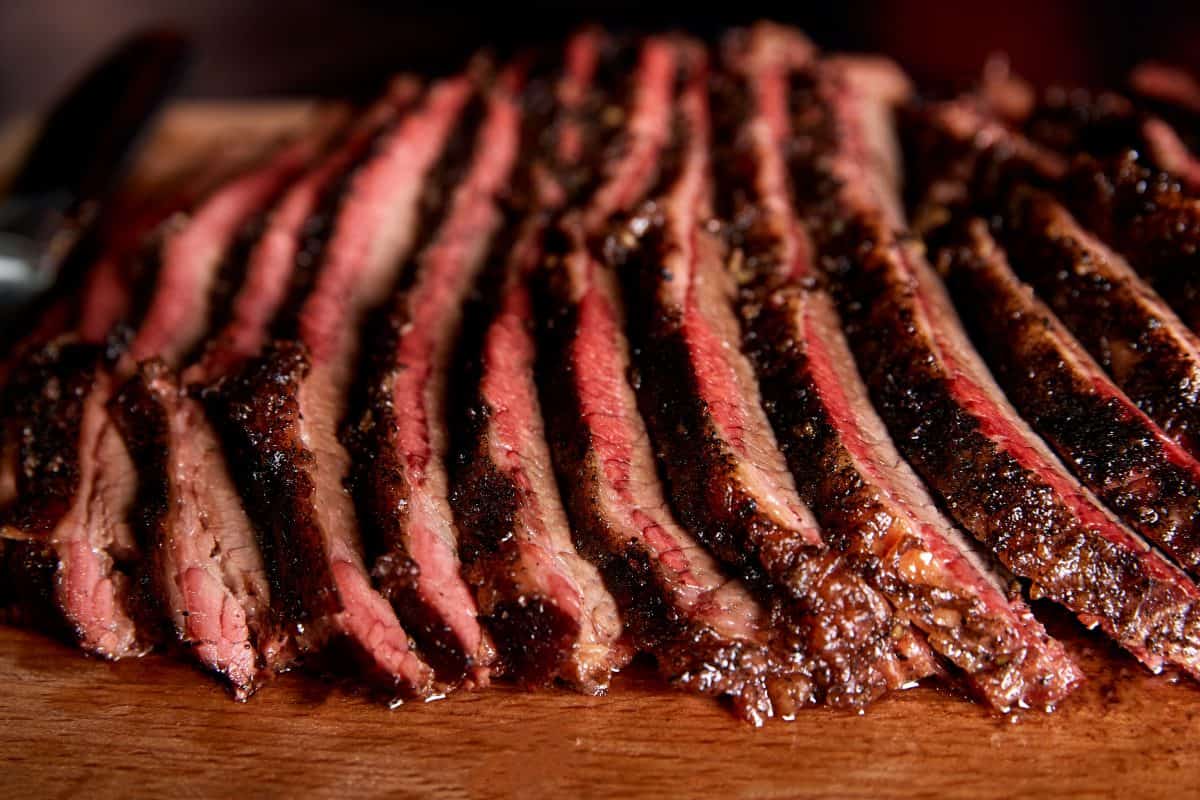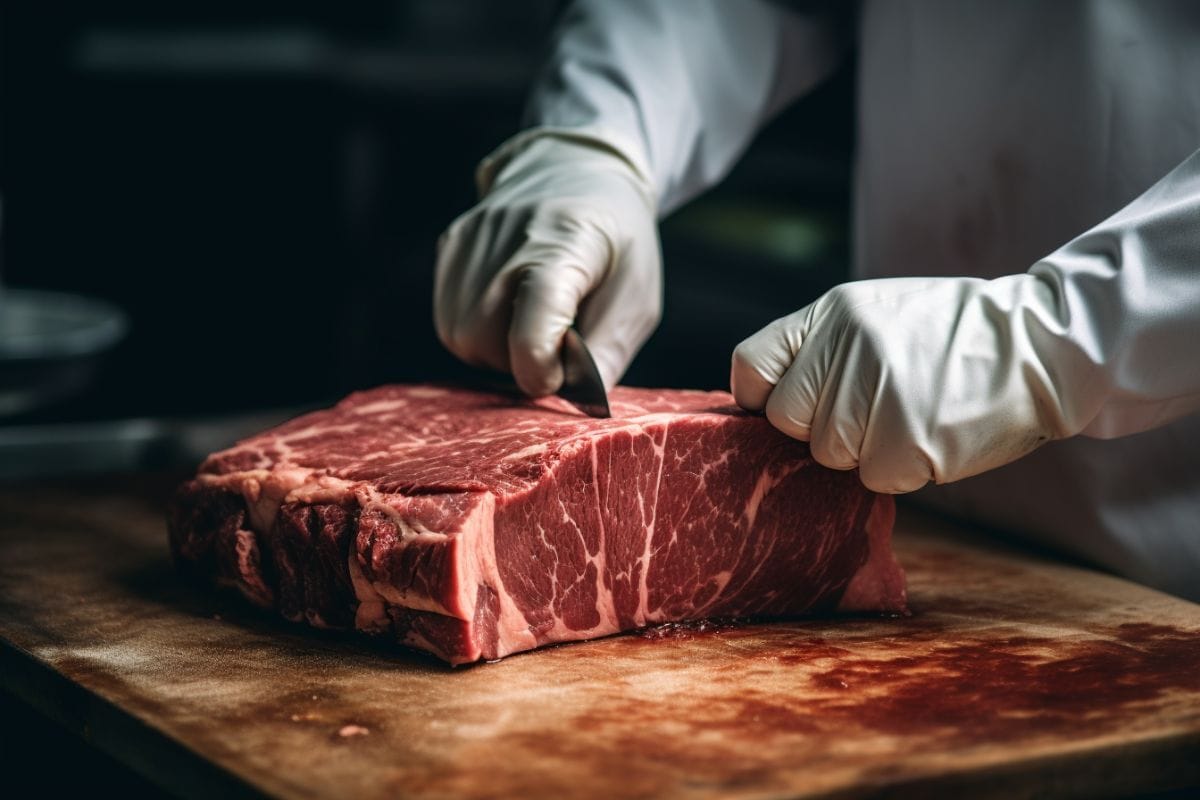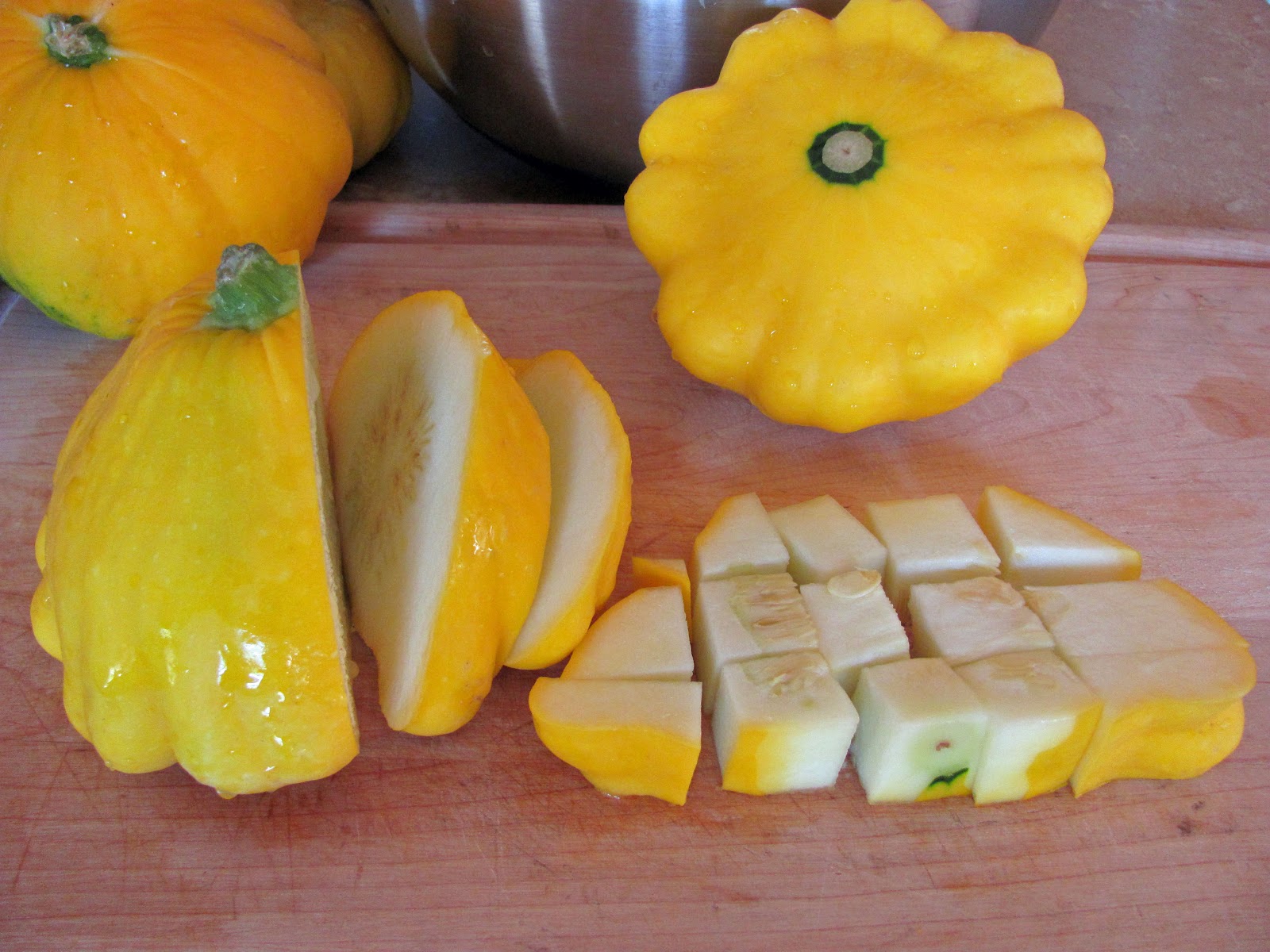How To Cut Pork Belly like a Pro
Are you ready to master the art of cutting pork belly? Look no further! In this guide, we will take you through step-by-step instructions on how to cut pork belly like a pro. Whether you’re a seasoned chef or just a passionate foodie, learning the proper techniques will help you achieve perfect results every time.
Tools You Will Need
- Sharp chef’s knife
- Cutting board
- Paper towels
Step 1: Choose a Fresh Pork Belly
When it comes to cutting pork belly, selecting the right piece of meat is crucial. Look for a pork belly that has a good balance of lean meat and fat. It should have a firm texture and a creamy white color. It’s always best to purchase your pork belly from a trusted butcher or a reputable source.
Step 2: Prepare Your Workstation
Before you start cutting, make sure your workstation is clean and organized. Wash your hands thoroughly and sanitize your cutting board and knife. Having a clean workspace will help prevent cross-contamination and ensure the safety of the food you’re preparing.
Step 3: Trim Off Excess Skin
Start by placing the pork belly on the cutting board with the skin side down. With your sharp chef’s knife, carefully trim off any excess skin. The skin can be tough and chewy, so removing it will result in a more tender end product.
Step 4: Cut Into Portions
To make cooking and serving easier, cut the pork belly into portions of your desired size. If you want thick slices, cut them into 1-inch portions. For smaller, bite-sized pieces, cut them into smaller portions. Remember to use a gentle sawing motion when cutting through the layers of fat and meat to maintain an even and clean cut.
Step 5: Score the Skin
If you plan on roasting or grilling the pork belly, scoring the skin can help render the fat and achieve a crispier texture. Use a sharp knife to make shallow, diagonal cuts across the skin. Be careful not to cut too deep into the meat; you want to score the skin without piercing the meat underneath.
Step 6: Pat Dry and Season
After cutting the pork belly, pat the portions dry with paper towels. This step will help remove excess moisture and allow for better browning and caramelization. Now, season your pork belly with your desired spices and marinades. A popular choice is a combination of salt, pepper, and garlic powder.
Step 7: Cook to Perfection
Now that your pork belly is prepared, it’s time to cook it to perfection. There are numerous cooking methods you can choose from, such as roasting, grilling, or braising. Depending on your cooking method and portion size, the cooking time may vary.
Final Thoughts
Cutting pork belly can be a rewarding culinary experience. By following these simple steps, you’ll be able to achieve beautifully cut pieces of pork belly that are not only visually appealing but also delicious. Remember to practice safe food handling and experiment with different seasonings and cooking techniques to create your own signature dishes. Enjoy!
By following these step-by-step instructions and using the right tools, you’ll be able to cut pork belly like a pro!
Explore Delicious Recipes Using Your Perfectly Cut Pork Belly
Now that you've mastered the art of cutting pork belly, why not put your skills to the test with some delectable recipes? From the succulent tender pork belly bao buns to the hearty savory pork belly kimchi stew, there's a dish to suit every palate. If you're looking for something uniquely rich, the crispy roasted pork belly is a must-try, offering a perfect crunch with every bite. For those who enjoy fusion dishes, the creamy pork belly carbonara blends classic Italian and robust pork flavors brilliantly. We highly recommend the aromatic braised pork belly for an Asian-inspired treat that's both comforting and aromatic. Choose any of these recipes to start exploring the versatile world of pork belly in your kitchen.
Was this page helpful?
Read Next: How To Cut Strawberries For Baby
